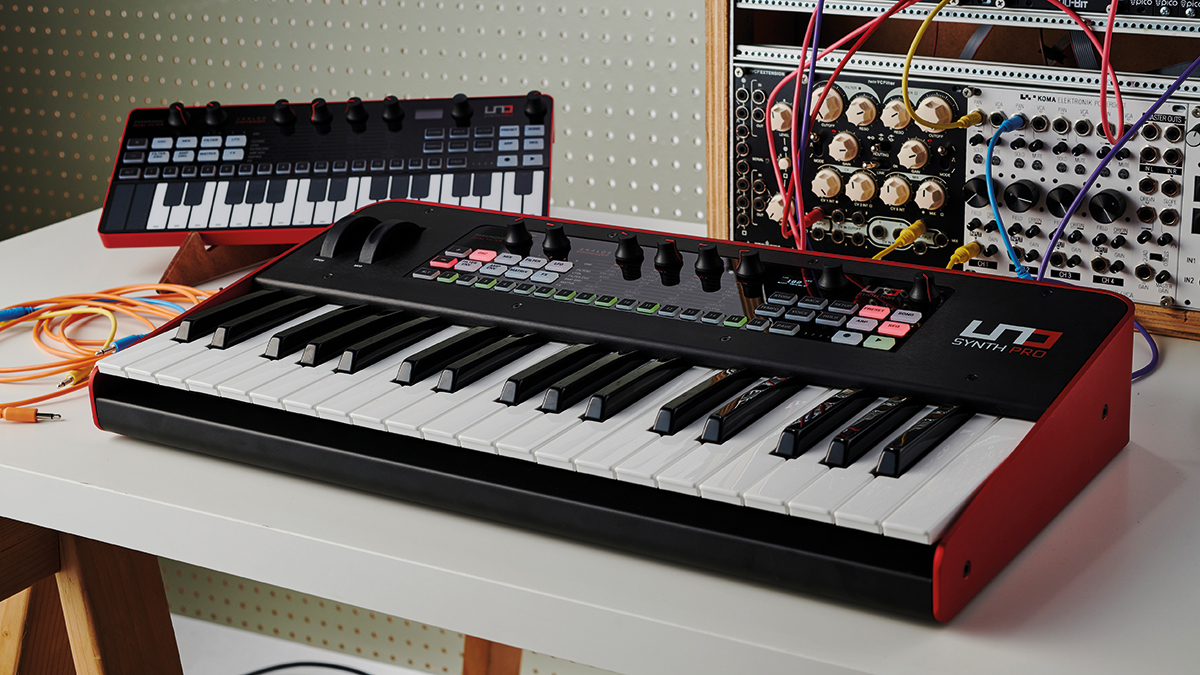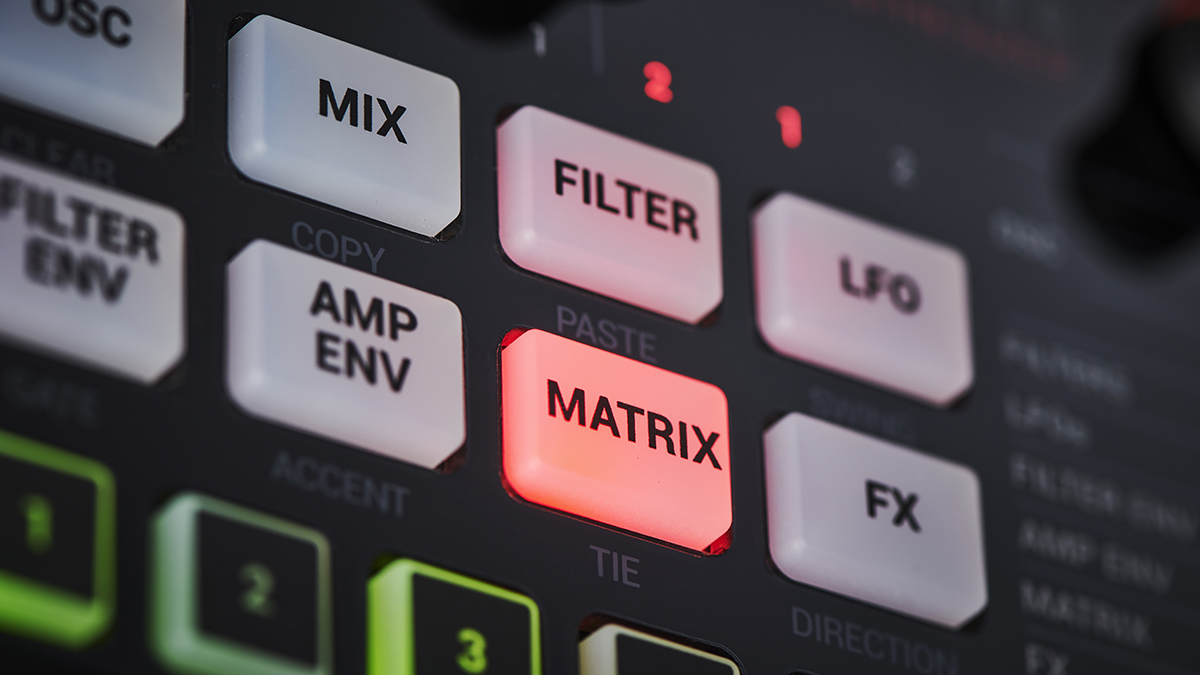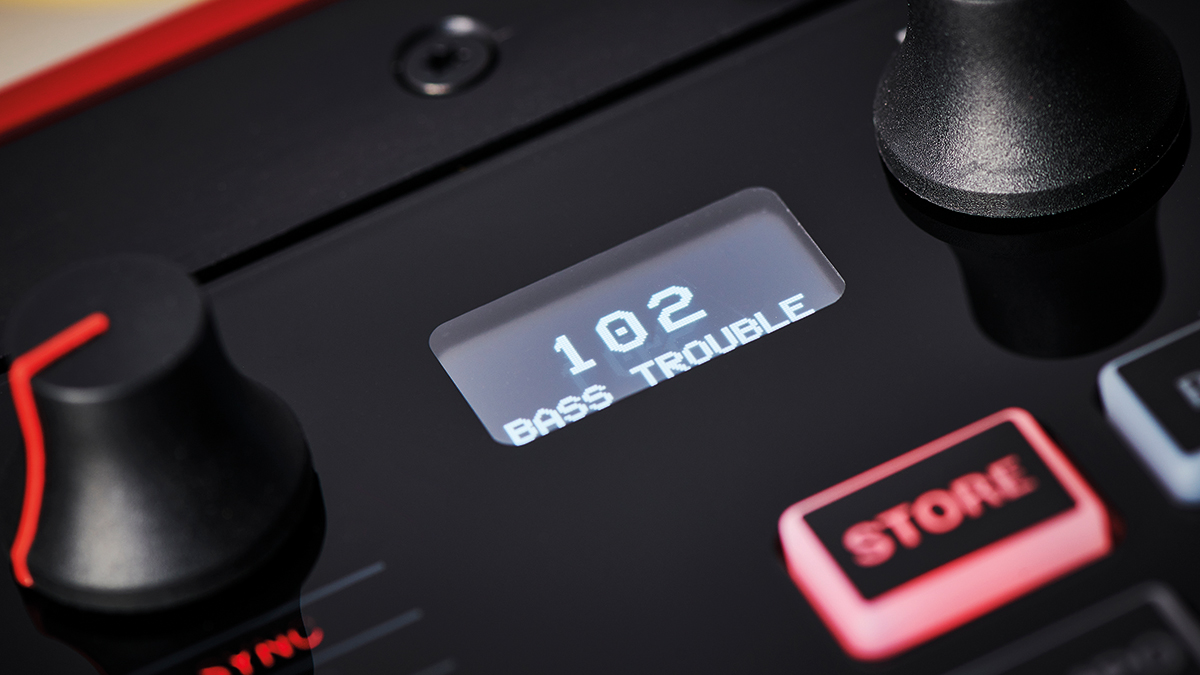Could the UNO Synth Pro be one of the best value analogue synths out there?

It’s been three years since IK Multimedia dropped its first hardware synthesizer onto the world. The UNO Synth was a collaboration between IK and Italian boutique synth-makers, Sound Machines. The partnership proved to be a successful one with the UNO Synth earning many plaudits.
It was little wonder, then, that both parties wanted to improve on that initial spark, and so, the UNO Synth Pro was born. Announced earlier this year, the UNO Synth Pro takes the original UNO Synth and improves it in practically every way, and what’s more, there is not one but two versions for you to choose from.
There is the more familiar desktop version with a touch-capacitive keyboard and it is joined by a larger keyboard version that features a 37-key semi-weighted Fatar keybed. Aside from the different keyboards, physical pitch and mod wheels, compared to touch strips and a rugged metal chassis compared to a plastic enclosure, both the keyboard and desktop version feature the same functions, features and engine under the hood.
Finely filtered
The jewel in the crown for the Pro are the dual filters - an original OTA filter and an SSI-based filter with self-oscillation - which provide a whopping 24 filter modes of sonic-shaping. Allowing you to explore all manner of sonic possibilities as well as faithfully recreate sounds from some of the most iconic monosynths ever made, such as the Moog Minimoog, Roland SH-101, ARP 2600 and Oberheim SEM to name but a few. Both filters can be run parallel or in series with phase inversion.
The Pro also improves on the original with the addition of a third oscillator, with all three VCOs featuring continuous variable waveshapes from saw through to pulse-width, with modulation.
The familiar control matrix interface from the original UNO returns, but this time with even more power than before. The big news is the 16-slot modulation matrix that utilises both internal and external sources to control and manipulate audio and control signal destinations.

There’s also the newly-increased 64-step sequencer with a new song mode and the four effects blocks which feature new digital effects and an analogue drive. The drive can provide much warmth, but when teamed up with resonance via the mod wheel it can really add some expressive squeal to those bass and lead patches.
Another reason to love the UNO Synth Pro is the amount of I/O packed in, especially when considering that both the keyboard and desktop version feature the same number of ins and outs. Both feature full-size MIDI din sockets, CV/Gate and an audio-in for processing with the filters, which also can also double as a clean stereo pass-through signal.
Choices choices
All that is left is to decide which one is right for you? If playing performance is high on your list, with gigging a big part then the keyboard version offers everything you need from a rugged, yet compact, but very gig-worthy chassis, to the eminently playable Fatar keybed. However, should you find that space is a premium and your workflow is dependent on using one controller keyboard to rule them all, then the desktop version is surely for you. It’s small and lightweight enough to slip into a backpack when you’re on the move and can also be powered by a USB power bank.

All in all, the UNO Synth Pro is definitely a worthy inclusion for any producer and musician with its sonic capabilities through flexible routing, an abundance of I/O and quality materials used. And the best of all is the price, which for the desktop version is just £399/$399/€399 and £649/$649/€649 for the keyboard version. For more information on both products and purchase options, check out the UNO Synth Pro.
Want all the hottest music and gear news, reviews, deals, features and more, direct to your inbox? Sign up here.